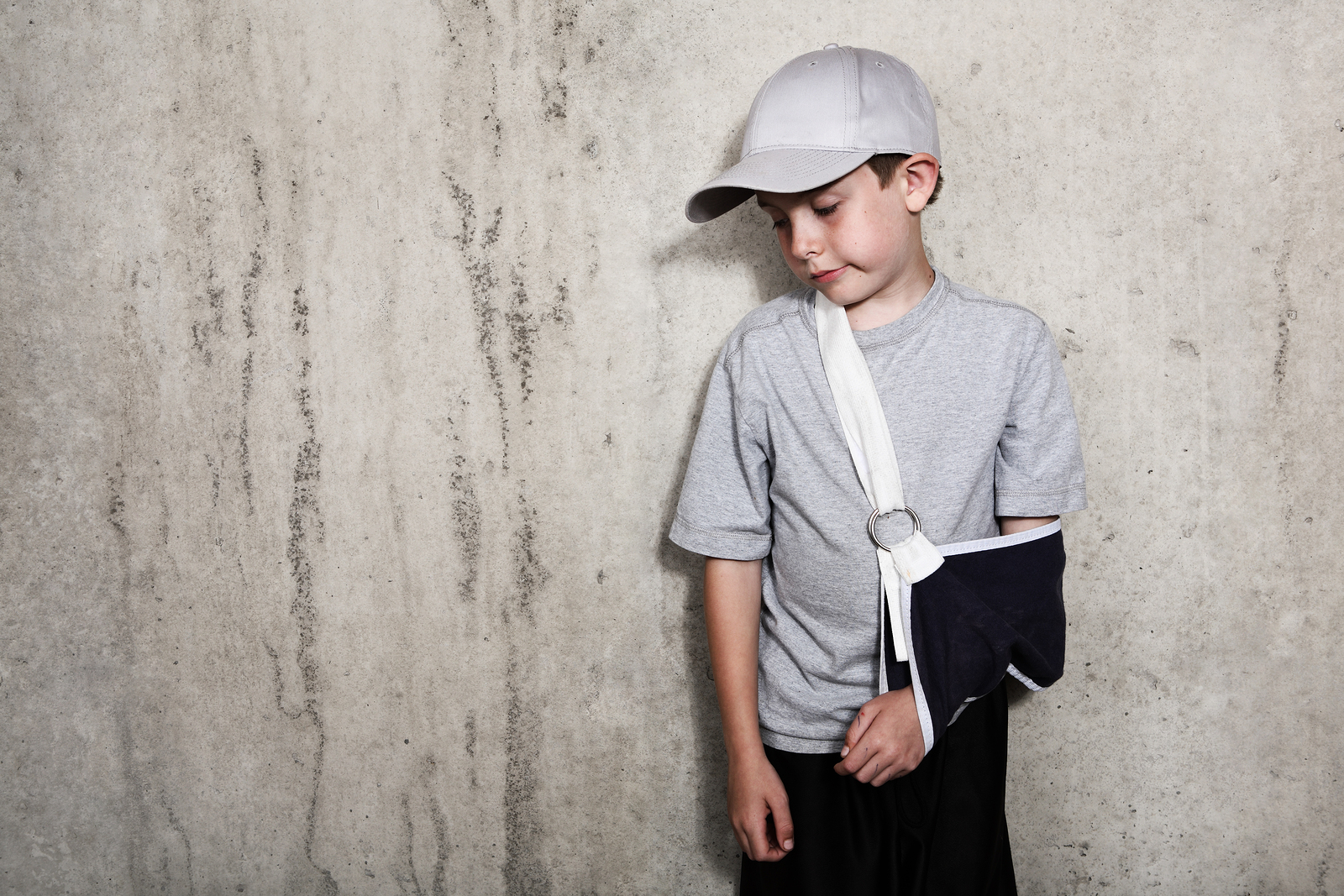
Far too many players are being encouraged to ‘play through their pain’
Participation in youth sports has been increasing at a rapid rate throughout the country, and there are now more young players involved in Little League baseball than ever before. But unfortunately, the growth in popularity of baseball has also led to an epidemic of arm injuries in young throwers: recent statistics suggest that between 30-40% of 7-18 year-old baseball players experience elbow and shoulder pain during each season. To make matters worse, it’s been found that about 46% of these injured adolescents are encouraged to stay active and “play through the pain,” as it were. This is incredibly dangerous for young, developing athletes, as failing to recognize and treat an injury can lead to a far worse problems later in a career. Of particular interest are overuse injuries, which result from too much time playing one sport-like baseball-without enough rest. Tears of the ulnar collateral ligament (UCL) in the elbow are one of the more common overuse injuries in youth baseball, and the rate for surgery to treat these injuries is increasing significantly. Together, this highlights the need for a better understanding of why the number of elbow injuries in youth baseball is so high and for appropriate, effective strategies to prevent and treat them. With this in mind, two surgeons authored a commentary on the topic and their opinion on how to address the issue.
Why specializing in one sport is so risky
Perhaps the biggest factor that contributes to the high rate of injuries in youth baseball is specializing in one sport. This essentially means that these young players are involved in baseball exclusively-or nearly exclusively-and do not participate in other sports as well. Studies have shown that young athletes who play a single sport for more than nine months in a year have a 36% increase in risks associated with severe overuse injury compared to those who do not. The reason is that baseball is a demanding sport, and without sufficient time to let the body recover, the repeated trauma can lead to small damage that will grow into a more serious injury over time.
Conditioning programs created by physical therapists can help prevent overuse injuries
Due to this issue with one-sport specialization, one of the most effective ways to prevent overuse injuries is by educating baseball players about these dangers and encouraging them to not overdo it. This can be accomplished by enforcing pitch counts for young players and regulating the number of leagues and number of months that they participate in baseball throughout the year. In addition, conditioning programs that improve the strength and flexibility of the hips, back and legs can actually reduce strain on the arms and therefore reduce the risk of elbow injuries. Physical therapists are movement experts that can create these types of conditioning programs for any level of play and can modify them according to the demands of the team. Finally, young players should be urged to engage in other sports aside from baseball to increase their fitness levels and protect them from overuse injuries.
Injured players must adhere to their rehabilitation programs and take them seriously
If an injury of any sort does occur, it’s important to carefully discuss the details of it with the player, and to include their parents. Although many players and parents may have difficulty accepting that playing time needs to be stopped for a period of time or that surgery is required, these recommendations need to be taken seriously. Fortunately, most partial UCL tears can be successfully treated without surgery through a course of rehabilitation administered by a physical therapist. These programs typically include a variety of stretching and strengthening exercises, baseball-specific movements and recommendations to take some time off from throwing. In more severe cases, surgery may be needed to repair a completely torn UCL, but physical therapy will still be needed during the recovery afterwards. Regardless of the recommended treatment, it’s essential that young patients adhere to the rehabilitation program given to them and do not rush their return to baseball until they are given the OK to do so. Together, following these guidelines will reduce the risk of throwing-related elbow injuries in youth baseball and help to ensure longer, healthier careers for these developing athletes.
-As reported in the May ’18 issue of JOSPT
